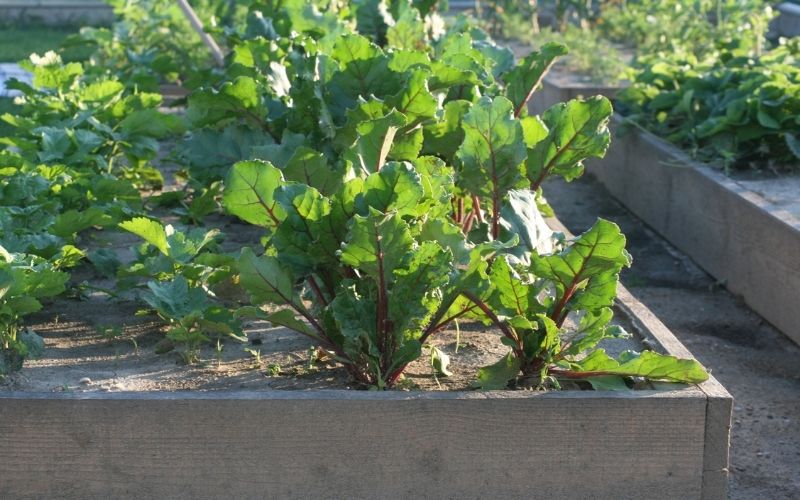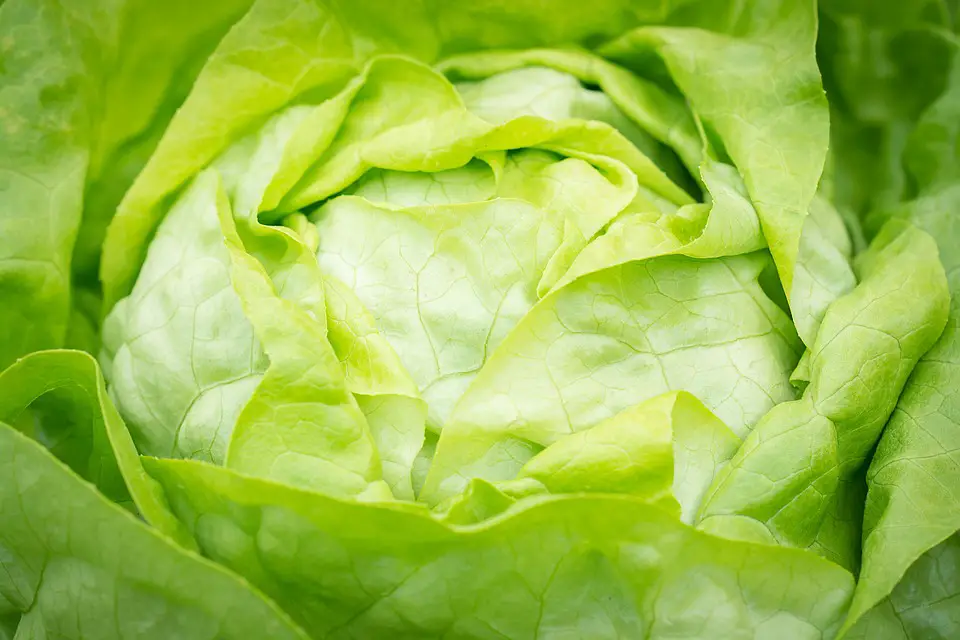Do you have a hard time gardening because of the limitations of your outdoor space?
You may think that you can’t garden at all if you don’t have a yard, but that’s not true.
You can actually put a raised garden bed on concrete to make the most of your available space.
Although raised garden beds are often thought of as being placed on soil, it’s possible to put them on concrete instead. One of the biggest advantages is that you won’t have to worry about the soil quality, since concrete is a solid surface that won’t be affected by changes in the earth below it.
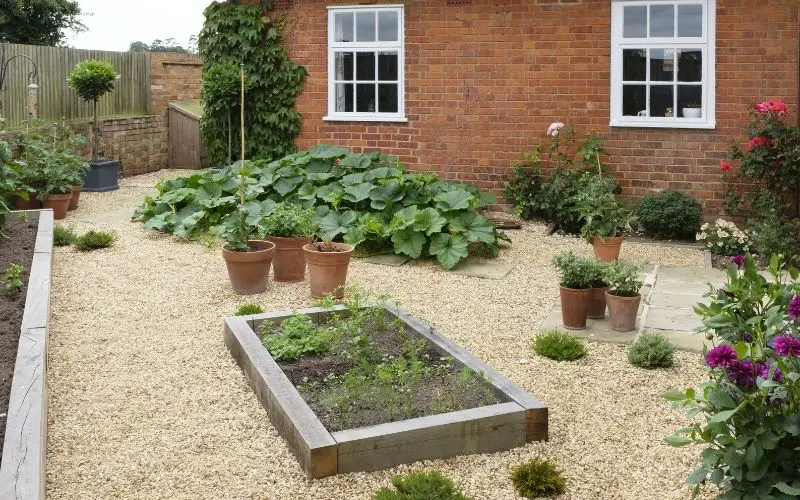
If you have a small patio or balcony, using a raised garden bed on concrete can help maximize your growing space.
You can also put them next to your house on a concrete driveway or in any other area where you have some extra space.
Another advantage of using a raised garden bed on concrete is that it can help protect your plants from pests.
If you live in an area where rodents are a problem, they won’t be able to get to your plants if they’re in a raised bed on concrete.
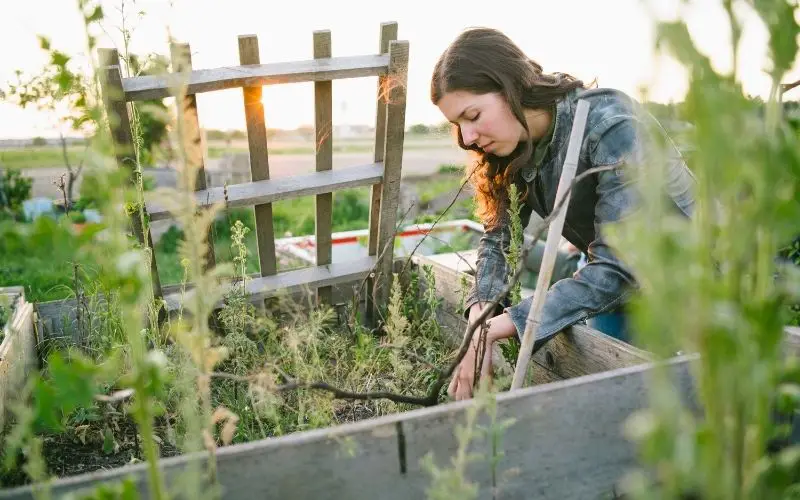
You’ll also have more control over the soil quality and drainage when you use a raised garden bed on concrete.
If you live in an area with heavy rains, your plants can be susceptible to root rot if they’re in the ground.
But when you use a raised garden bed on concrete, the water will drain away quickly, and your plants will be safe.
Where can you get raised beds from?
You can find raised garden beds made specifically for concrete at most home improvement stores, or you can make your own by lining a wood frame with landscape fabric before filling it with soil.
- 2FT GROWING DEPTH: 24 inches of depth holds up to 478 gallons of soil-ideal for medium to deep rooting plants and vegetables like broccoli, beans, and more. Note: This product does not include a bottom panel
- IDEAL COMPOST BED: An open base combined with ribbed steel makes this the perfect space to layer yard waste, food scraps, and other additives to create enriched soil at home
- TOOL-FREE ASSEMBLY: Beveled steel panels come together with a set of included wingnuts and bolts with rubber edging for your added protection
- BUILT TO LAST: Made with powder-coated steel panels and three stabilizing rods, this garden bed is the perfect, sturdy planter for romaine lettuce, cucumbers, strawberries and other seasonal crops
- 64 CUBIC FEET: The large planting space makes this the ideal place to set up a self-contained micro-environment for unique and non-native plants; OVERALL DIMENSIONS: 96″(L) x 48″(W) x 24″(H)
Things to consider beforehand
If you want to put a raised garden bed on concrete, there are a few things you need to keep in mind.
Pick a location that receives lots of sunlight – this is essential for the growth and development of healthy and strong plants.
Make sure the concrete is clean and free of any debris that could damage the roots of your plants.
It is recommended that you don’t have the soil in direct contact with the concrete.
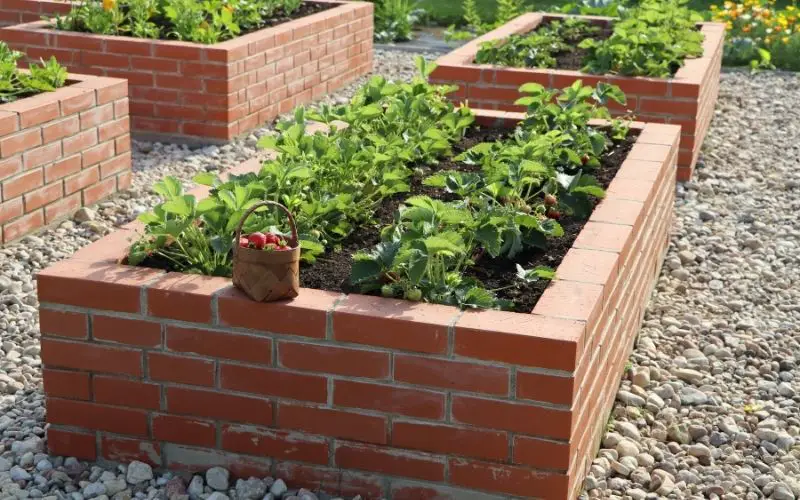
Place some landscaping membrane, or other fabric onto the surface of the concrete before adding the soil, this will help with drainage and soil protection.
Finally, be sure to choose plants that are appropriate for growing in a raised bed.
Some plants have shallow roots and do better in raised beds than others.
Unless your raised beds are very deep certain root crops may not grow well.
How deep should a raised bed on concrete be?
The depth of your raised garden bed will depend on the plants you want to grow.
For most plants, a depth of at least six inches is ideal.
However, if you’re planning on growing root crops like potatoes or carrots, you’ll need a bed that’s at least 12 inches deep.
No products found.
What kind of soil should you use in a raised garden bed on concrete?
The type of soil you use in your raised garden bed is important for the health of your plants.
You’ll want to choose a light, well-draining soil mix that’s specifically designed for raised beds.
Avoid using topsoil or potting soil, as these can be too dense and won’t drain properly.
If you’re not sure what kind of soil to use, ask for help at your local garden center.
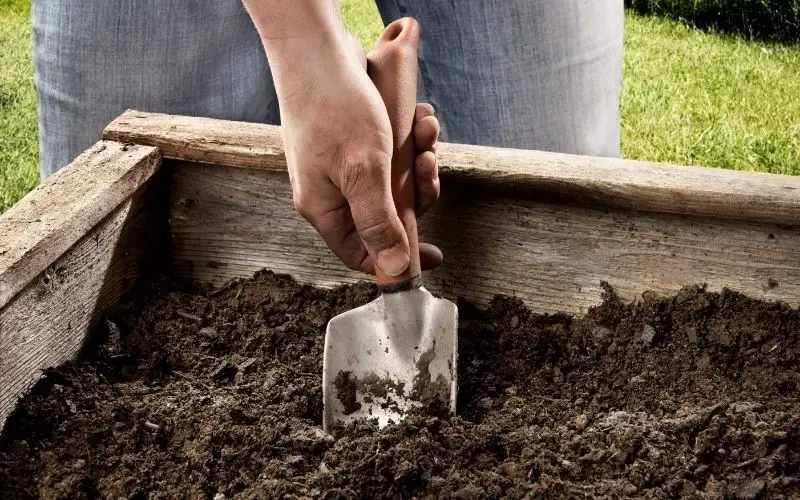
How often should you water a raised garden bed on concrete?
The frequency of watering will depend on the type of plants you’re growing, as well as the weather.
In general, you should water your plants when the soil is dry to the touch.
During hot weather, you may need to water your plants daily.
Be sure to check the soil regularly so that you don’t overwater or underwater your plants.
What are the benefits of using a raised garden bed on concrete?
There are several benefits to using a raised garden bed on concrete.
One of the biggest advantages is that you won’t have to worry about the soil quality, since concrete is a solid surface that won’t be affected by changes in the earth below it.
You also won’t have to worry about weeds, since they’ll have a harder time taking root in concrete.
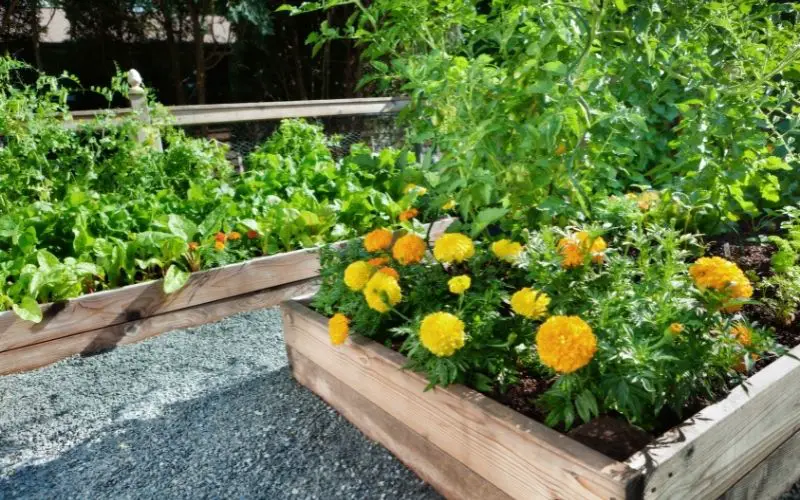
Another benefit is that you can place your raised garden bed anywhere on your property, even if you don’t have a lot of space.
And finally, raised garden beds can help protect your plants from pests and extreme weather conditions.
Should I line my raised garden beds with plastic?
It’s not a good idea to line raised beds with plastic as this will prevent drainage which could drown the roots of your plants.
If you do want to line your raised beds then try a breathable membrane mesh or even cardboard as these will help to keep weeds down while allowing water to drain.
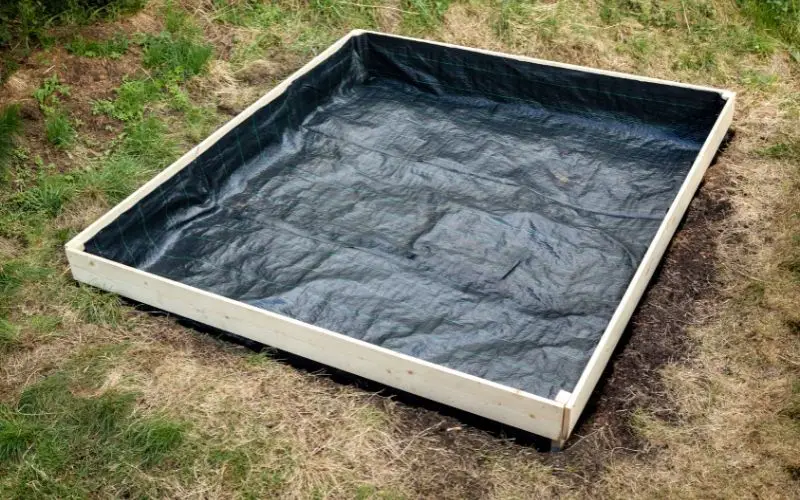
How can I improve drainage of a raised bed on concrete?
There are a few things you can do to improve the drainage of your raised garden bed.
One is to make sure the soil you’re using is light and well-draining.
Another is to add some organic matter, like compost, to the soil to help with drainage.
You can make sure the bed is elevated so that water can drain away from the plants.
Finally add some drainage holes around the base of the sides of the raised bed to allow water to seep away.
Final Words
If you’re looking for a way to add some greenery to your concrete patio or balcony, consider installing a raised garden bed.
With some planning a careful preparation you will have a useful space where you can grow plants and herbs easily and reliably.

